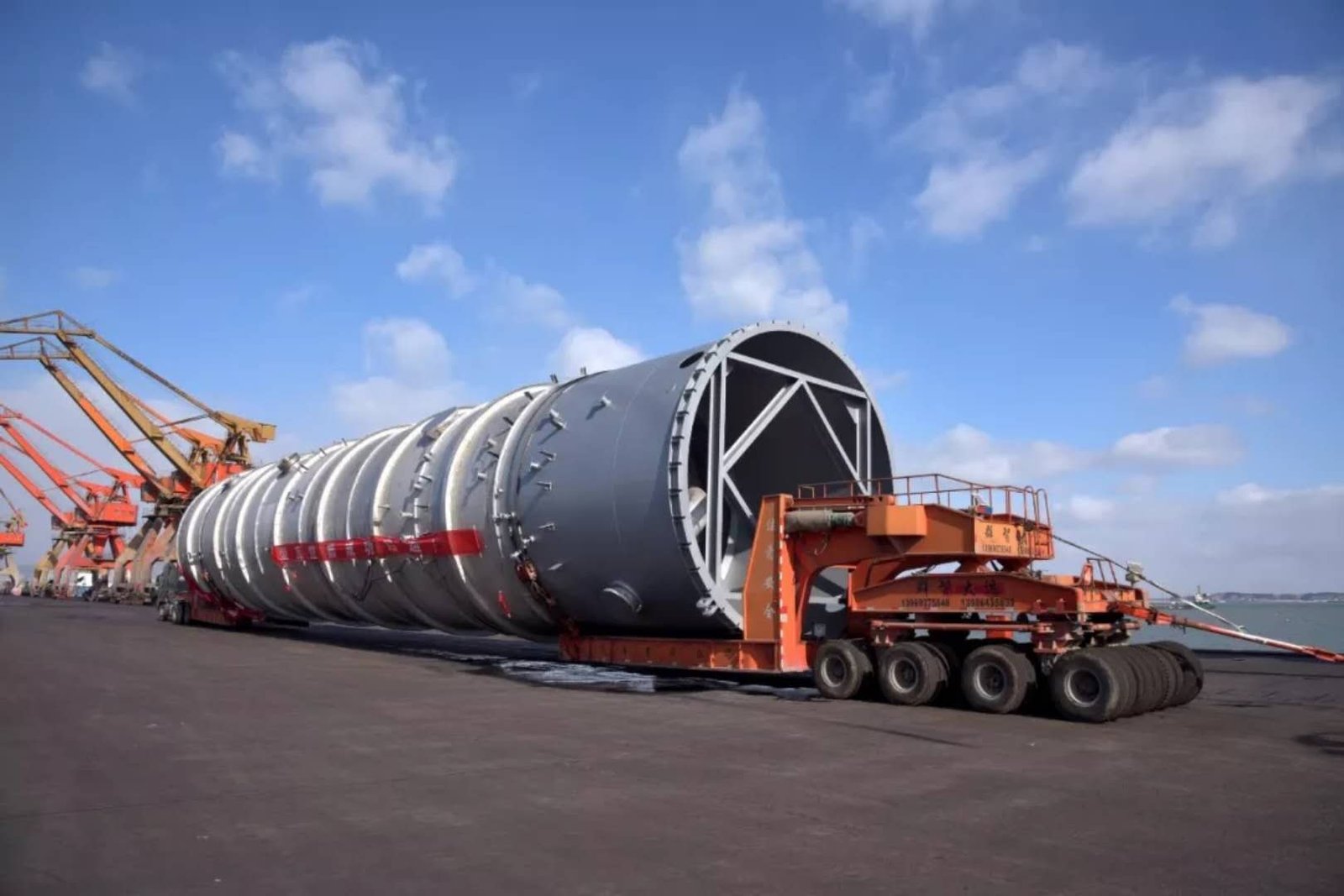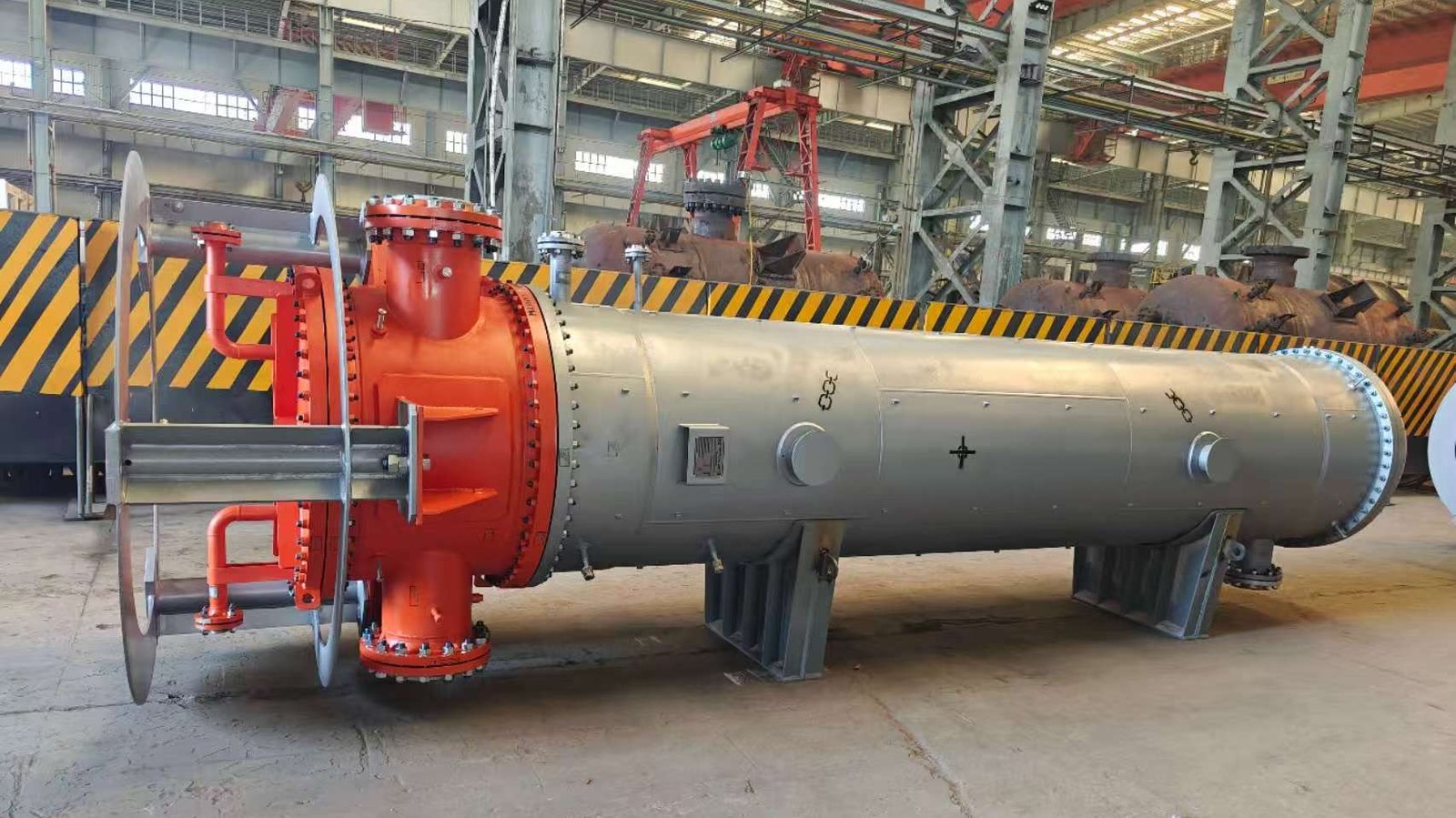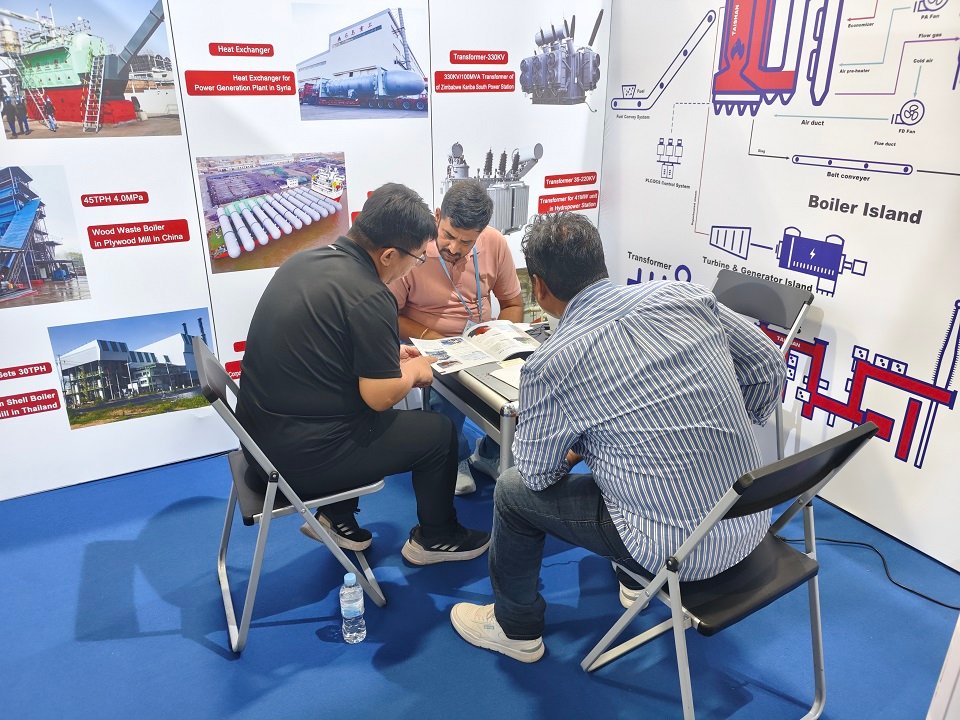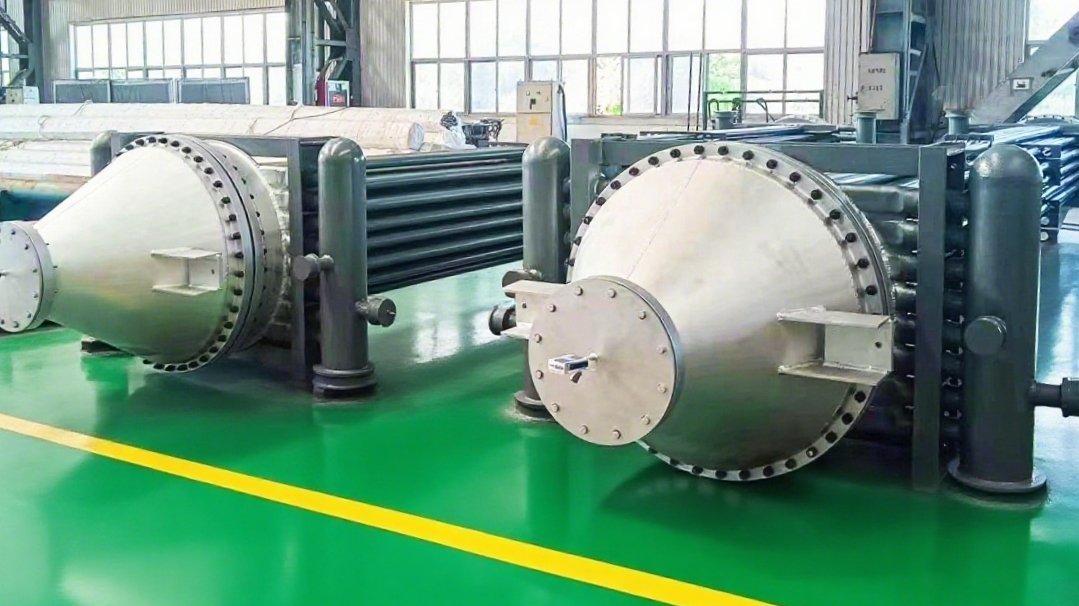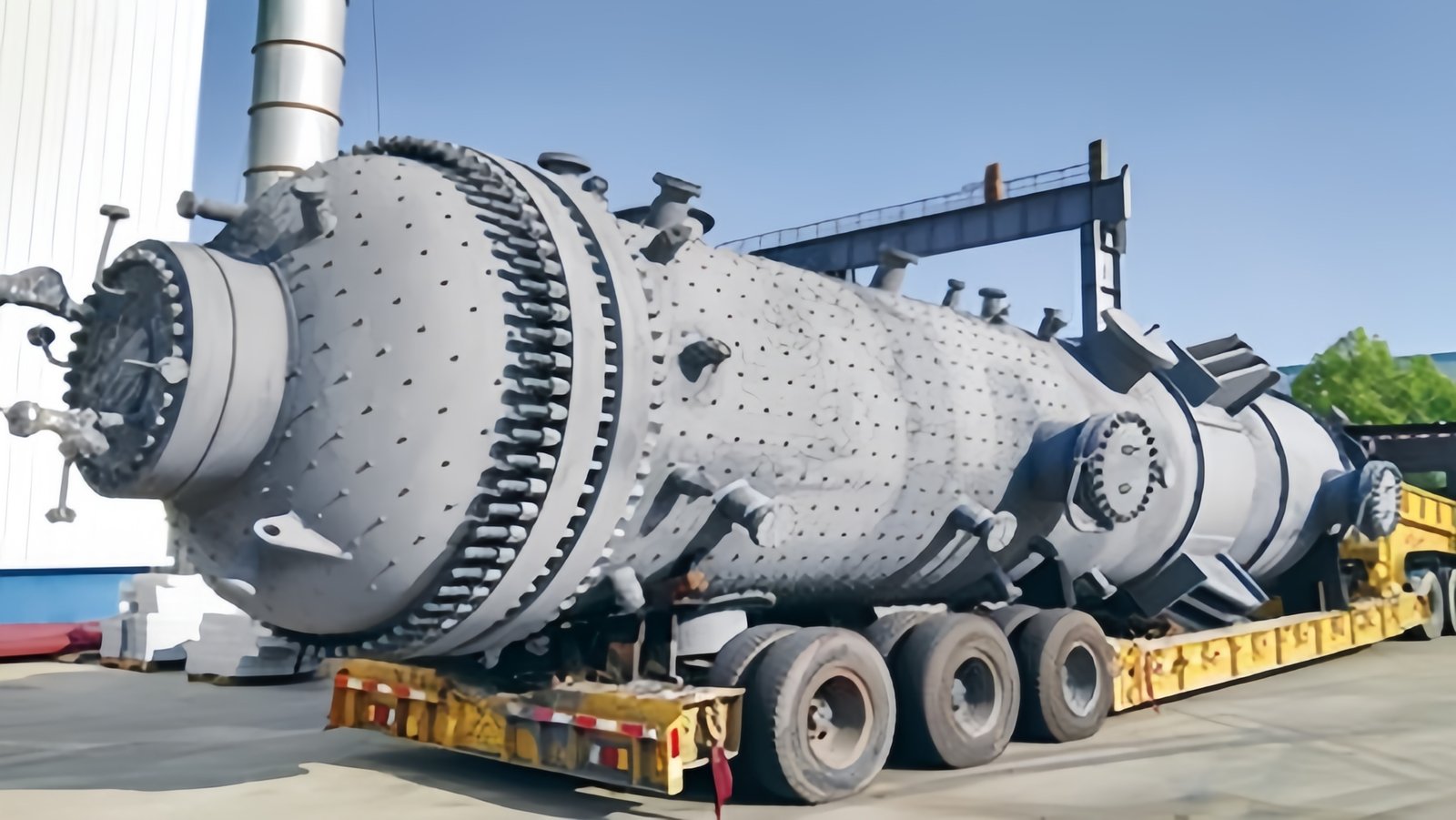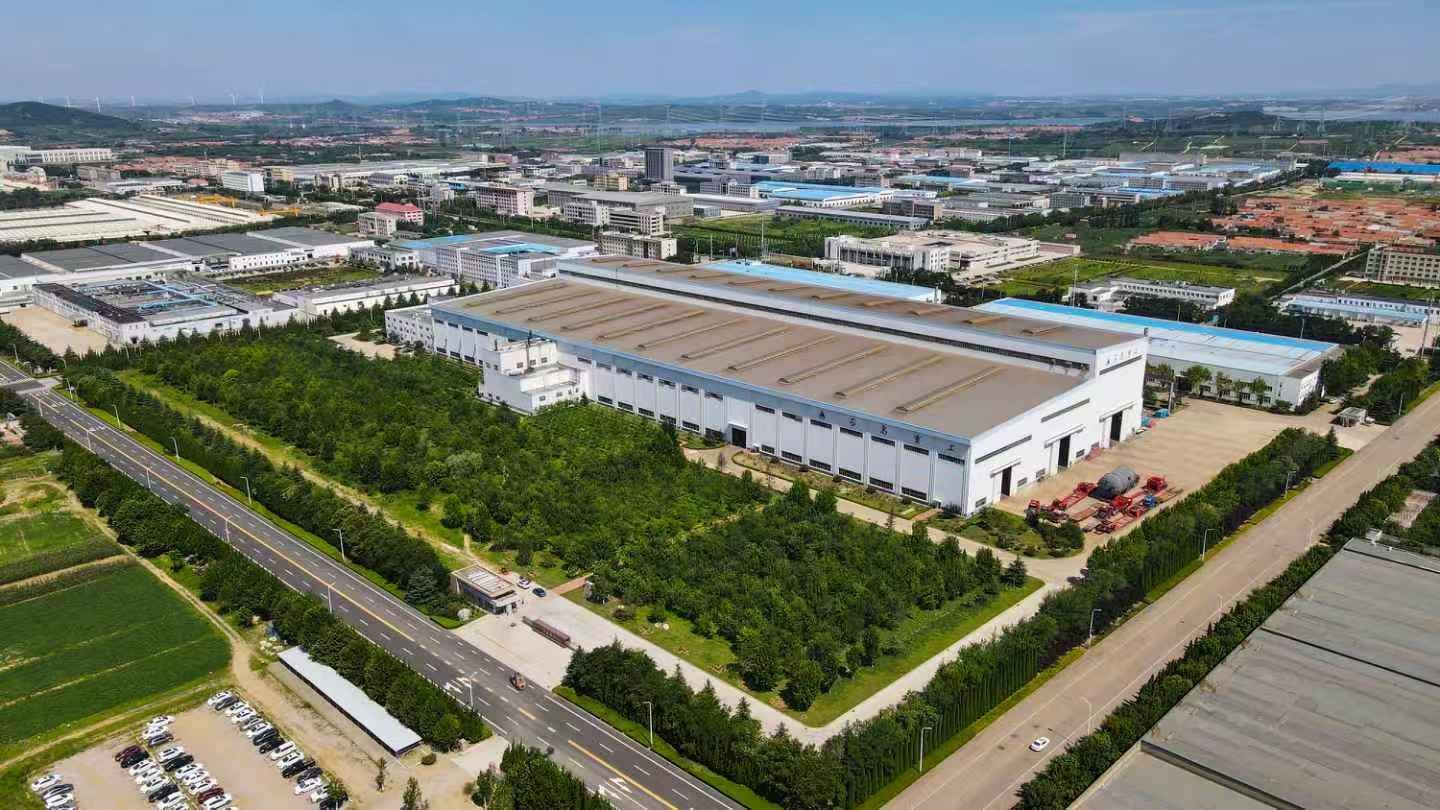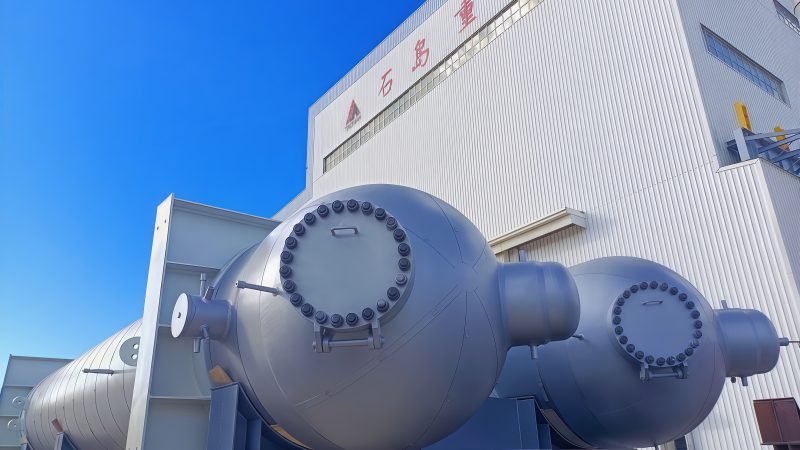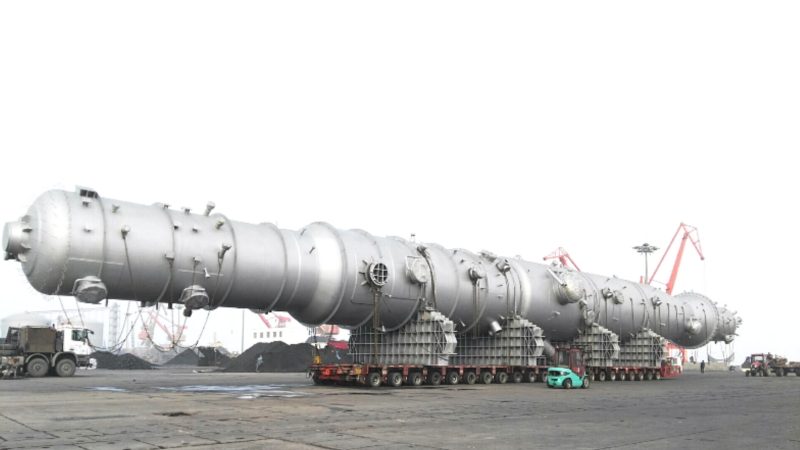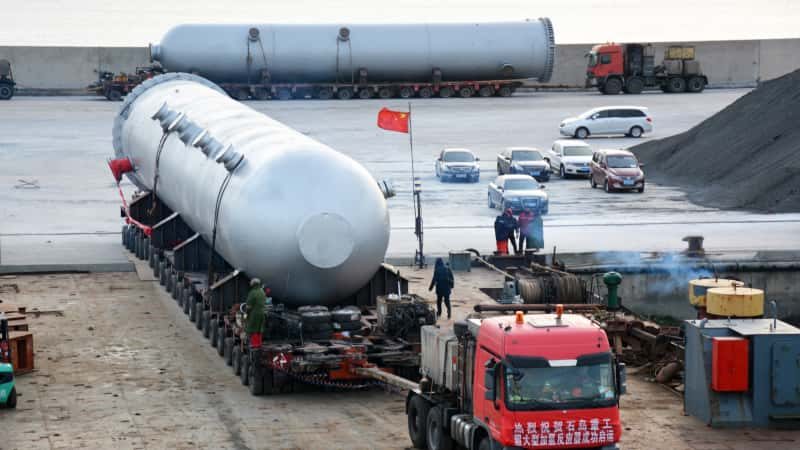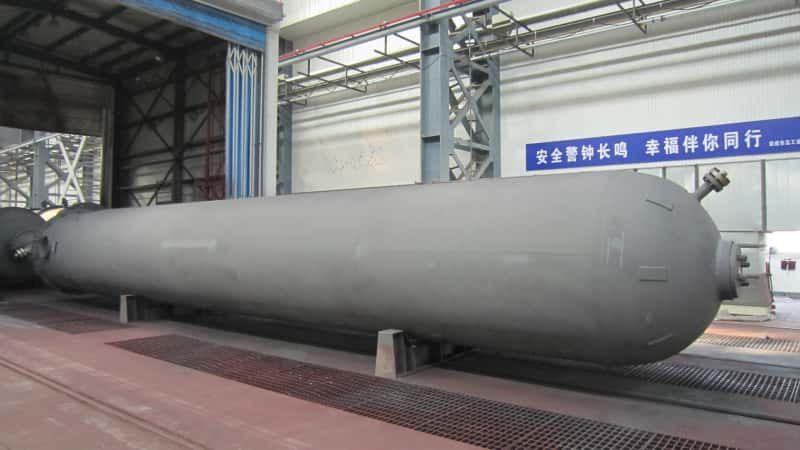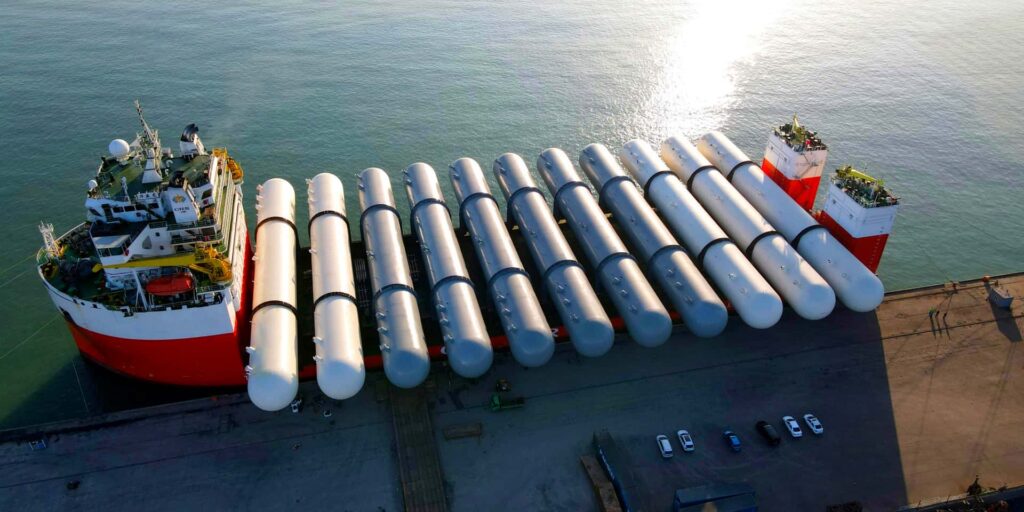 default[/caption]
default[/caption]
In industrial settings, safely storing or transporting liquids and gases under high pressure is a constant challenge. Without proper containment, volatile materials can lead to catastrophic failures—causing equipment damage, environmental pollution, or even loss of life. Industries ranging from chemical manufacturing to food processing rely on controlled environments where pressure plays a critical role. The solution? Pressure vessels—highly engineered containers designed to handle internal or external pressures significantly different from atmospheric pressure. Without them, modern industrial processes would simply not be feasible.
A pressure vessel is essential for containing fluids or gases at pressures significantly different from the ambient atmosphere, ensuring operational safety, efficiency, and compliance in industries like chemical processing, oil & gas, energy, and food production.
Understanding why pressure vessels are necessary is more than just a matter of engineering interest—it’s a core part of risk management, productivity, and sustainability in process-driven industries. Let’s explore in depth how these vessels work, what they are made of, where they are used, and why their role is indispensable.
\
Pressure vessels are used to safely store gases or liquids at high pressures.True
They are designed to contain materials under pressure, preventing leaks, ruptures, or other hazards.
What Is a Pressure Vessel and Why It Matters?
A pressure vessel is a container designed to hold gases or liquids at a pressure substantially different from the ambient pressure. They can be small, such as cylinders for oxygen or LPG, or large, such as reactors in nuclear power plants or separators in oil refineries.
The need arises from a combination of thermodynamic, mechanical, and safety factors:
- Many chemical reactions require elevated pressure to proceed efficiently.
- Certain gases are only practical to transport or store when compressed.
- Industrial systems often operate under vacuum or positive pressure conditions.
Without pressure vessels, controlling these conditions with precision and safety would be impossible.
Core Applications of Pressure Vessels Across Industries
| Industry | Common Pressure Vessel Applications | Pressure Range | Typical Material Used |
|---|---|---|---|
| Chemical | Reactors, storage tanks, separators | 50–3,000 psi | Carbon steel, stainless steel |
| Oil & Gas | Scrubbers, separators, heat exchangers | 100–10,000 psi | Duplex steel, Inconel |
| Energy (Nuclear) | Steam generators, containment vessels | 1,000–3,000 psi | Chrome-molybdenum alloy steel |
| Food & Beverage | Pasteurizers, fermenters, carbonation tanks | 10–150 psi | Stainless steel |
| Pharmaceutical | Sterilizers, reactors, mixing vessels | 15–300 psi | High-grade stainless steel |
Each application uses pressure vessels differently, depending on process requirements, pressure limits, and material compatibility. For example, stainless steel is common in food-grade applications because of its corrosion resistance and cleanliness, while heavy-duty alloys are favored in petrochemical operations due to high temperatures and aggressive media.
Pressure Vessel Design: Key Technical Considerations
Pressure vessel design is governed by various codes such as ASME Boiler and Pressure Vessel Code (BPVC) or EN 13445. Several critical aspects must be engineered precisely:
- Design Pressure & Temperature: These are the most extreme conditions under which the vessel can operate safely.
- Material Selection: Must withstand pressure, corrosion, and temperature while remaining cost-effective.
- Wall Thickness: Determined by the internal pressure, vessel diameter, and material strength.
- Safety Factors: To account for uncertainties in material properties, loading, and fabrication.
- Corrosion Allowance: Extra thickness to offset long-term material degradation.
Wall Thickness Calculation (Example)
The minimum required thickness for a cylindrical pressure vessel can be calculated using:
t = \frac{P \cdot R}{S \cdot E – 0.6P}
Where:
- $P$ = Internal design pressure
- $R$ = Inside radius of the cylinder
- $S$ = Allowable stress of the material
- $E$ = Weld efficiency factor
This formula is derived from ASME BPVC and ensures that the vessel won’t fail under pressure.
Global Market Demand and Growth
The pressure vessel market is driven by rising demand in power generation and oil & gas.
| Region | 2024 Market Size (USD Billion) | Projected CAGR (2024–2030) |
|---|---|---|
| North America | 15.2 | 5.2% |
| Europe | 11.8 | 4.7% |
| Asia-Pacific | 21.5 | 6.3% |
| Rest of World | 6.7 | 4.9% |
Asia-Pacific dominates the market due to industrialization in China and India. Increasing environmental and safety regulations also promote upgrades in vessel design and monitoring systems.
Key Benefits of Using Pressure Vessels
- Safety Compliance: Meets stringent industrial and regulatory standards.
- Efficiency: Optimizes process conditions for faster, more consistent output.
- Longevity: High-quality materials and coatings extend service life.
- Customizability: Designs vary from vertical, horizontal, to spherical depending on need.
- Versatility: Suitable for storage, mixing, separation, and reaction processes.
Challenges and Maintenance Concerns
Even though pressure vessels are robust, they still face operational challenges:
- Corrosion: Especially in chemical and marine applications.
- Fatigue Cracking: Due to cyclic pressure and temperature changes.
- Overpressure Risks: Requires precise control valves and relief systems.
- Inspection Frequency: Internal and external inspections under regulatory codes.
Non-Destructive Testing (NDT) like ultrasound, radiography, and magnetic particle inspection is crucial for ongoing safety.
Innovations in Pressure Vessel Technology
- Smart Sensors & IoT: Real-time pressure, temperature, and stress monitoring.
- Composite Materials: For lightweight high-pressure cylinders in aerospace and automotive.
- Additive Manufacturing: 3D-printed pressure components with complex geometries.
- Self-healing Coatings: Prevent corrosion and extend life span.
Such innovations reduce operating costs, improve safety, and offer performance beyond traditional designs.
Case Study: Ammonia Storage Pressure Vessel
A fertilizer plant in Southeast Asia required a high-pressure vessel for storing liquid ammonia (NH₃) under 10 bar at -33°C. The challenge was the risk of brittle fracture at low temperatures and corrosion from NH₃ impurities.
Solution:
- Vessel material: SA-516 Grade 70 normalized steel with added corrosion allowance.
- Insulation: Polyurethane foam + stainless steel jacket.
- Safety devices: Dual-pressure relief valves and emergency vent lines.
- Inspection: Ultrasonic and radiographic testing + annual hydrostatic test.
Result: 20+ years of incident-free operation with minimal maintenance costs.
Conclusion
Pressure vessels are not just components; they are critical safety infrastructure that support the functioning of modern industries. Whether storing LNG, producing pharmaceuticals, or pasteurizing milk, these vessels help maintain optimal pressure environments while safeguarding operations and personnel.
Get in Touch With Us Today
Looking for custom-built, certified pressure vessels for your plant or project? We are a trusted global manufacturer with decades of experience in design, fabrication, and on-site commissioning. Contact us now to discuss your needs and get a quote tailored to your industry requirements!



